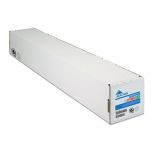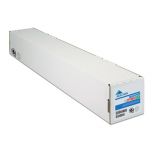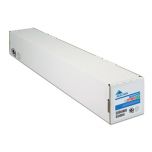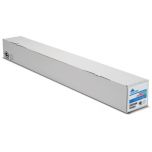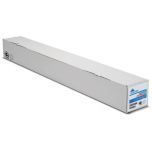Underestimated Advertising Space - Implementing Floor Graphics Made Easy
Underestimated Advertising Space - Implementing Floor Graphics Made Easy
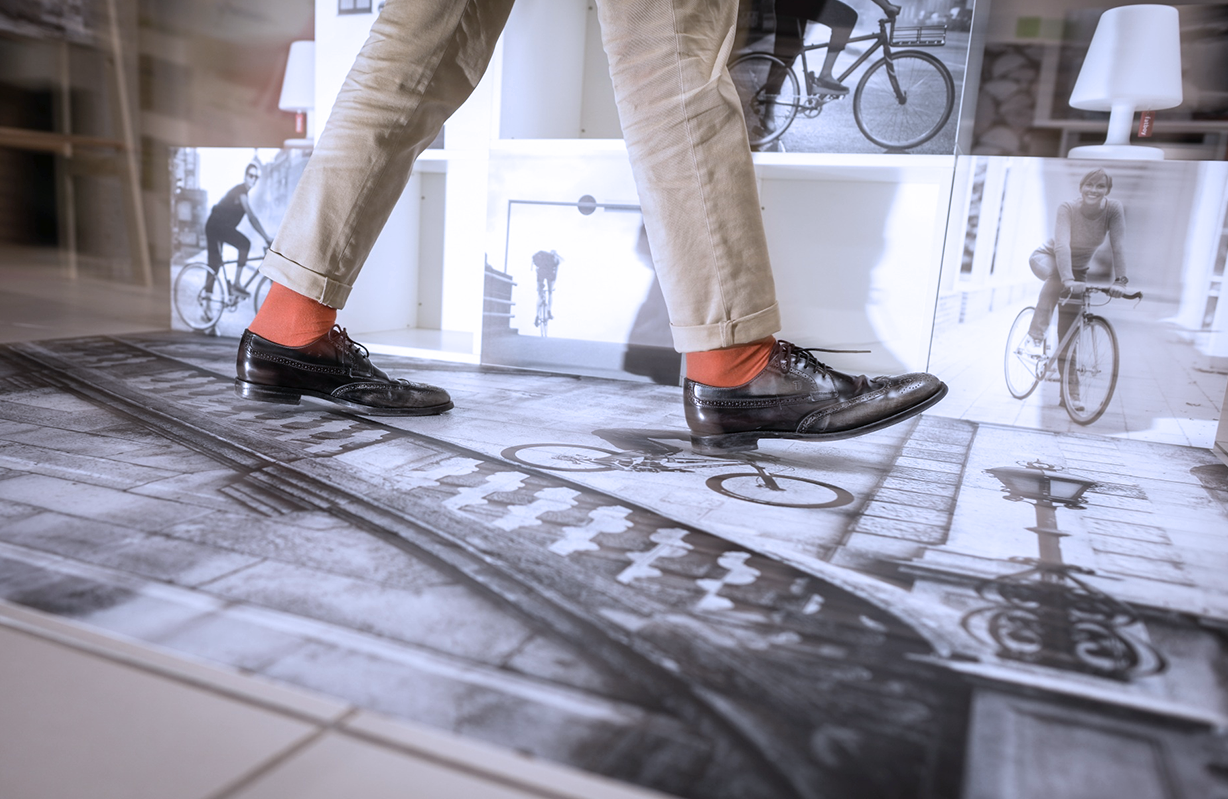
While many marketers use window decals for their winter promotions, floor graphic films are often not incorporated into campaigns. However, the floor is one of the best areas to place advertising in stores - after all, everybody tends to glance to the floor when trying to make their way through the frenzied Christmas shopping crowd.
Tips for working with floor graphic films
Selecting the right adhesive strength
For difficult surfaces such as asphalt, concrete, wood, carpet or paving stones, a high-tack solution is best because it ensures optimum adhesion. A high-tack film is also the better choice when working with surfaces that have wide joints. For "normal" floors, floor films or floor graphics compounds with standard adhesives are good options. The easiest way for a perfect application is to select films that guarantee a bubble-free application.
Slip Resistance
In public areas, a certified clip resistance is absolutely necessary. When choosing a material, it is paramount that the film's slip resistance properties have been properly tested by a lab an official certificate has been issued. In order to achieve the specified slip resistance, some floor graphic films must additionally be laminated with a protective film after printing. However, you can save yourself the cost and time if you choose films that remain non-slip certified after printing - even without a protective laminate
Fire Protection Certification
In addition to ant-slip properties, films used for floor advertising must also have fire protection certification (e.g. European standard EN 13501-1).
Durability
When choosing floor graphic films you should check whether they are suitable for short or long term promotions. For long-term applications, films with protective laminates are more suitable as they protect the inks from abrasion. Directly printable non-slip films are a good solution from a time frame of several weeks.
-
Default
- Flatbed Cutting Software
- Cutting Software
- Large Format Laminators
- Framing Solutions
- Lamination / Mounting Films
- Repair Tapes
- Book Protection Films
- 3D Printers
- Flatbed Cutters
- Vinyl Cutters
- RIP Software
- Finishing Solutions
- Large Format Scanners
- Large Format Printers
- Large Format Media
- Multifunction Printers







